Volvo EX30 Cross Country Review: A Good Car Spoiled By Software

Pros
- Nice to driveHigh-quality interior
Cons
- Infuriating HMICross Country version not worth the money
There are two questions we need to address with the Volvo EX30 Cross Country. Firstly, is the EX30 as a whole any good, and secondly, is there any point to the Cross Country version?
Because doing things in the logical order is overrated, let’s deal with the second one first. This is the first electric Volvo to get the Cross Country treatment, but the recipe is fundamentally the same as what’s come before: jack up the ride height a bit, stick on some plastic cladding, give it all-wheel drive and optional all-terrain tyres. You can get a factory roof rack too, but goodness knows what that’d do to your range.
On cars like the XC70, all that made a tangible difference, but here? We’re not so sure. The ride height increase is a relatively paltry 19mm, 7m of which comes from the new larger wheels. The all-wheel drive, meanwhile, is just the same dual-motor system as found on the standard EX30, so doesn’t really bring anything extra to the table.
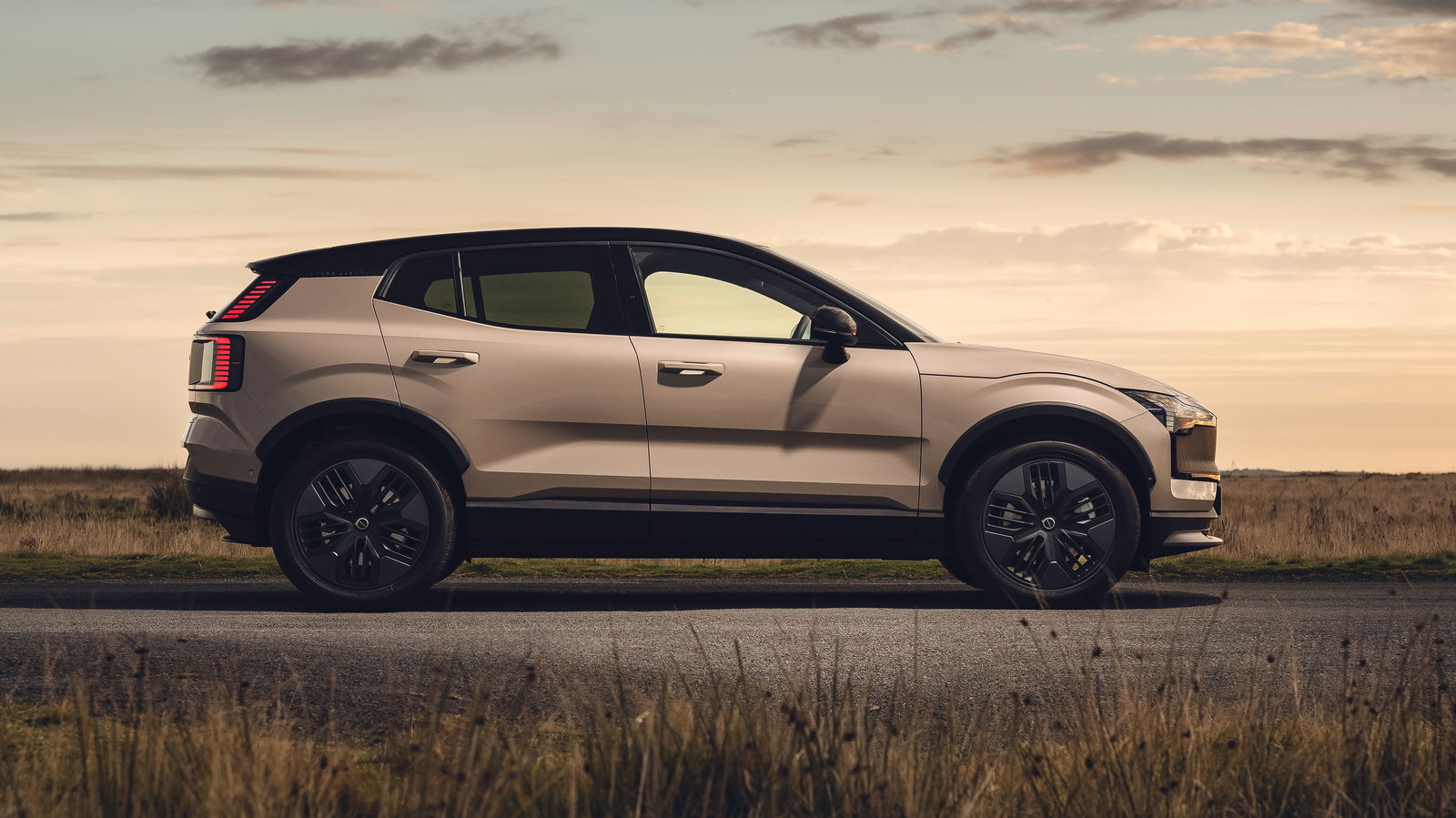
Maybe, if you lived somewhere particularly prone to poor weather and unmade roads, the optional all-terrain rubber might make the Cross Country an attractive choice. Otherwise, we’re really not convinced the roughly £1200 it commands over the top-spec dual-motor car is worth it, especially when those bigger wheels drop the official range figure from 280 to 271 miles. Basically, you have to really like having topographical maps of Swedish mountain ranges on the front of your car for the Cross Country to be worth it.
What about the rest of the EX30, then? Well, it looks cracking – again, we’re not sold on the CC’s transformation but overall, the EX30 is a handsome, neatly styled little thing, successfully distilling all the Volvo visual hallmarks into a pocket-sized package.
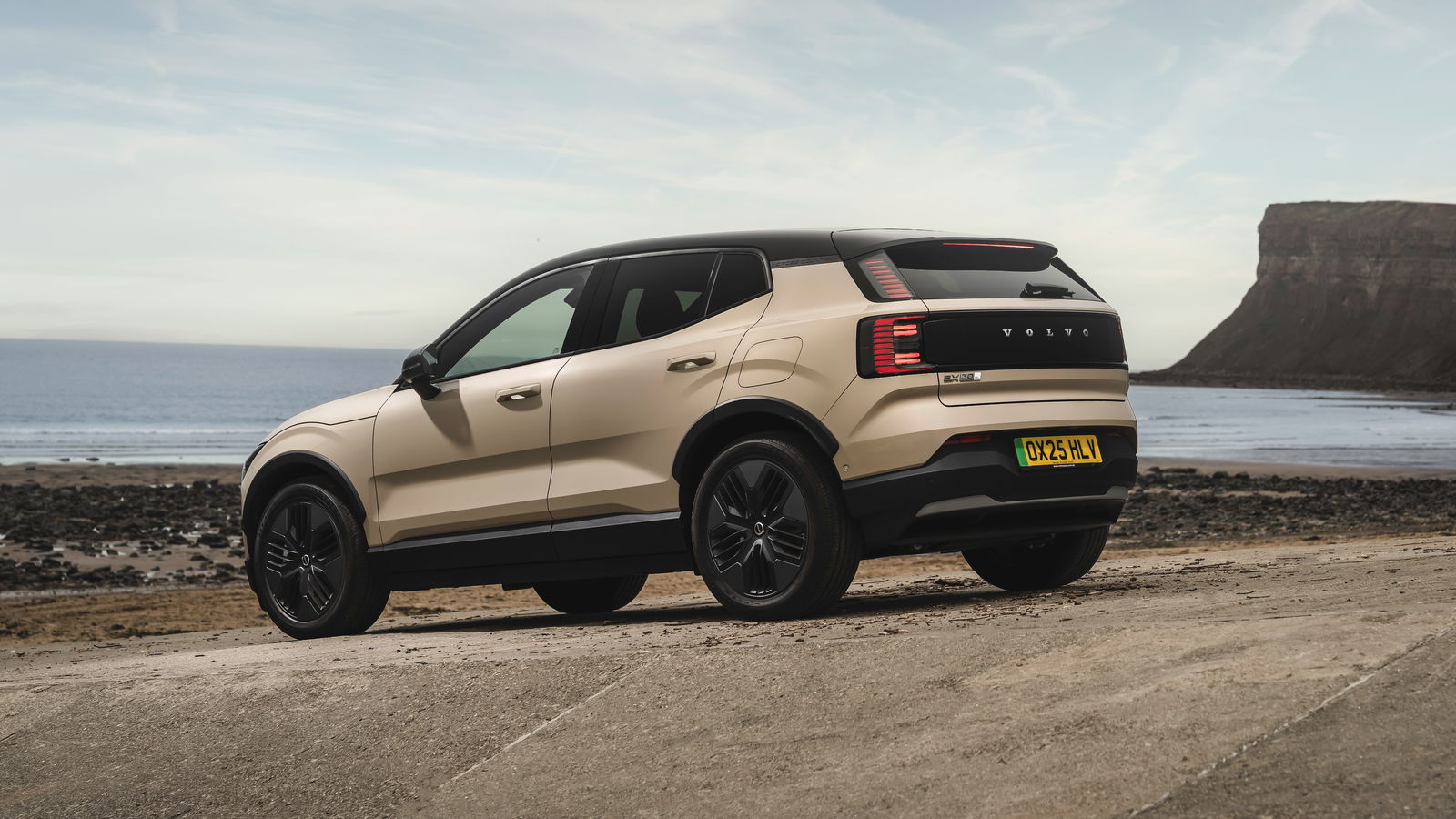
It drives smartly, too. The dual-motor EX30 powertrain, officially called the Twin Motor Performance, packs 422bhp and 400lb ft, allowing the Cross Country version to hit 62mph in 3.7 seconds. Clearly, this is wholly unnecessary in a small electric crossover, but the EX30’s at least able to deal with it well.
The delivery of that prodigious power is nicely modulated, as is the braking, damping, body roll and the weights of all the controls. All this means you can pedal it along a country road in a swift, controlled manner. You’re never going to go attacking a B-road with it – the dead steering and tendency towards understeer will see to that – but when it comes to overtaking, long uphill stretches and just generally making good time on a drive, the EX30 is effortless. If you’re going to shove silly amounts of power into small EVs, this is a good way to do it.

Also helping the EX30 CC out with its daily credentials are its air of quality, quietness at speed (again, a reason to avoid the massive optional roof rack unless you really need it), and comfort. It has a pliant ride and the seats are typically Volvo-ish – that is, both enormously comfy and ergonomic.
All shaping up well so far, then, but once you get inside, some fairly glaring issues rear their heads. In fairness, there’s lots to like about the interior too – what touchpoints there are solid, and though some of the recycled materials might feel a bit alien to those accustomed to more trad cabins, everything feels and looks good. There’s lots of storage too, including a big cubby that slides out of the centre console like a drawer. Useful, and childishly amusing.

But – and it’s a big one – the EX30 is one of the most infuriating-to-operate cars I’ve ever driven. Basically the only controls that aren’t on the big portrait-orientation screen are the drive selector and the window switches (and you only get two of those up front, which have to be switched between operating the front and rear windows).
Want to adjust the mirrors? The climate control? Even open the glovebox? It all has to be done through the screen. It’s a lot of things to ask one display to do, and as a result, things inevitably get busy when you need to change them on the move.

Even the instruments are on there, tucked up near the top. This is evidently a cost-cutting thing, but at least a HUD would have been welcome so you don’t have to literally take your eyes off the road to check your speed – especially because the EX30’s overzealous attention monitor will start screeching at you almost as soon as you do.
We’re not being unfair when we point out that the EX30’s suffered some well-publicised software glitches, either, and indeed, our week with the car threw a couple up. On multiple occasions, it took the car three or four tugs of the doorhandle to register the ‘key’ – in reality a cheap little plastic fob with no buttons, just a transponder that the car’s supposed to talk to. Then there was the time the ‘follow me home’ lighting wound up stuck on long after I’d locked the car and walked away, which needed a full drive cycle to reset. Infuriating.
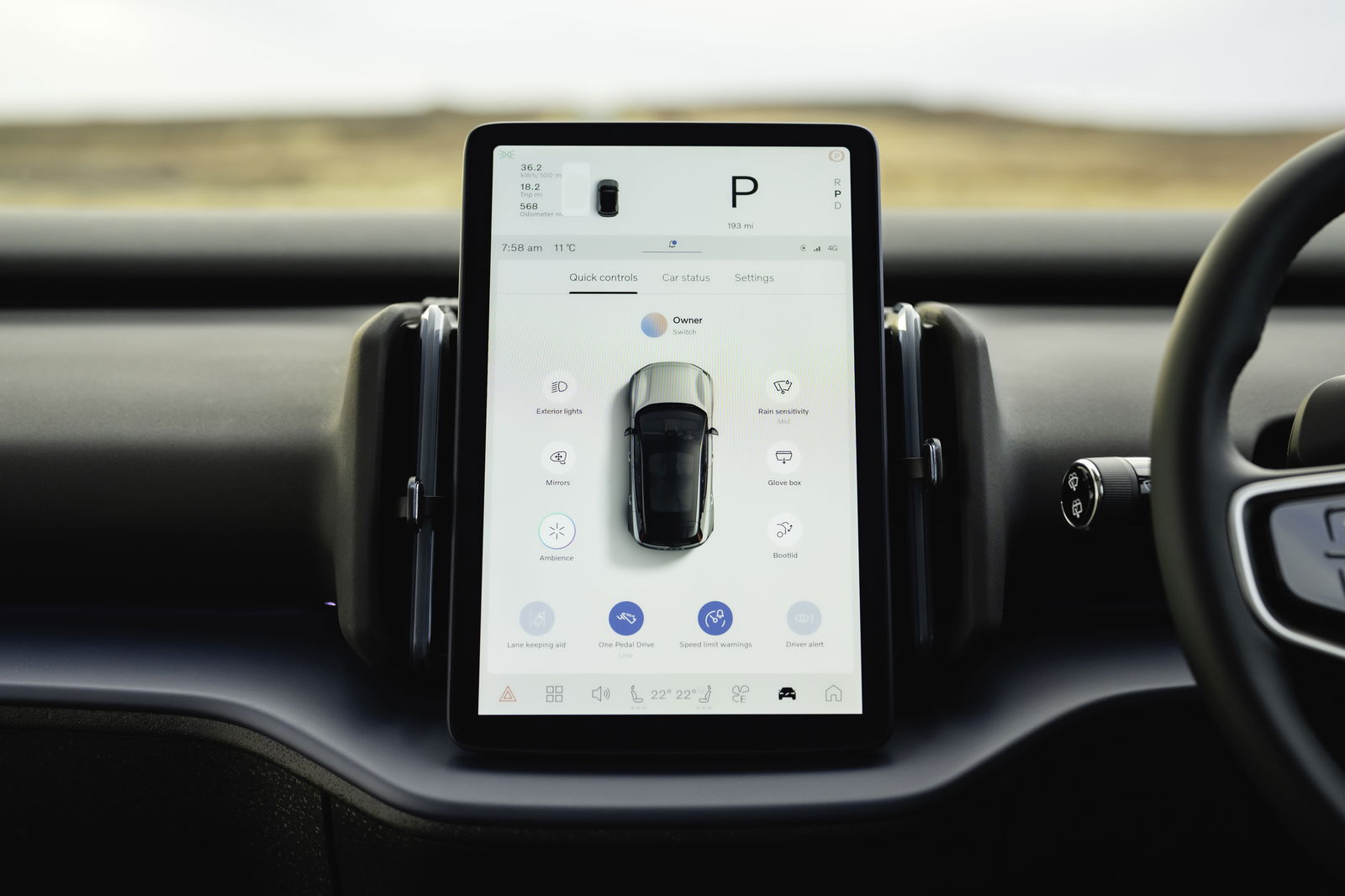
If you lived with the EX30 long-term, you’d probably eventually get used to the screen’s foibles, and various over the air updates continue to arrive to both make it more user-friendly and iron out some of the software issues. Really, though, this stuff should be nailed from the off – especially by a company like Volvo, whose larger XC90 proves that a largely screen-based interior can in fact be operated in a sane, safe manner.
Those are by far the EX30’s biggest problem, but not the only ones. Space in the back is tight for adults, and the efficiency is disappointing: Volvo quotes 271 miles of range for the Cross Country, but in mild-to-chilly autumn weather, we were struggling to crack 2.6m/kWh, which works out at more like 170 miles.
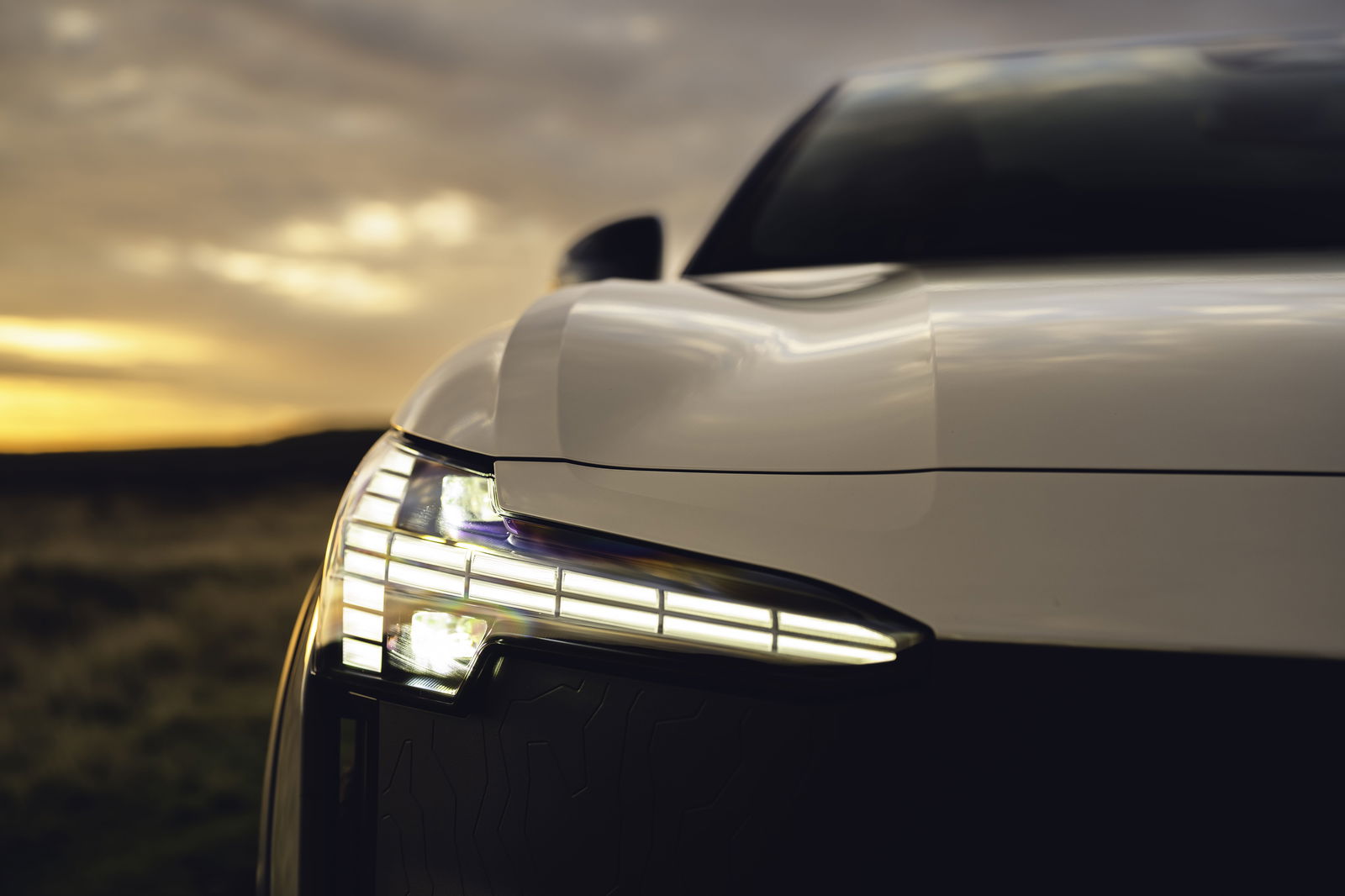
All this means that if we were shopping for an electric car of this size, we’d head straight to our nearest Kia dealer for an EV3 instead. The two cost similar money spec-for-spec (although there's no dual-motor EV3 yet), and while the Volvo’s nicer to drive and more stylish, the EV3 nails the everyday stuff – practicality, efficiency, ease of use – in a way the Volvo just doesn’t.
That’s not to write off the EX30 entirely. If you think you can get on with the cabin's foibles, then the way it looks and drives offer a lot to like, especially when single-motor starts at a reasonable £31,560 and the dual at £40,860, both inclusive of Volvo’s current in-house EV grant.

But the Cross Country? That kicks off at £45,560, and considering how little it realistically adds to the experience, it’s just not worth it. So here’s a better idea – grab yourself one of the cheaper versions, and spend what’s left on a leggy second-hand XC70 for those times a Cross Country Volvo does make sense.
The stats
Engine: front and rear electric motors
Power (bhp): 422
Torque (lb ft): 400
0-62mph: 3.7 seconds
Top speed: 112mph
Weight: 1960kg
Starting price: £45,560 (inc. £1500 Volvo EV grant)










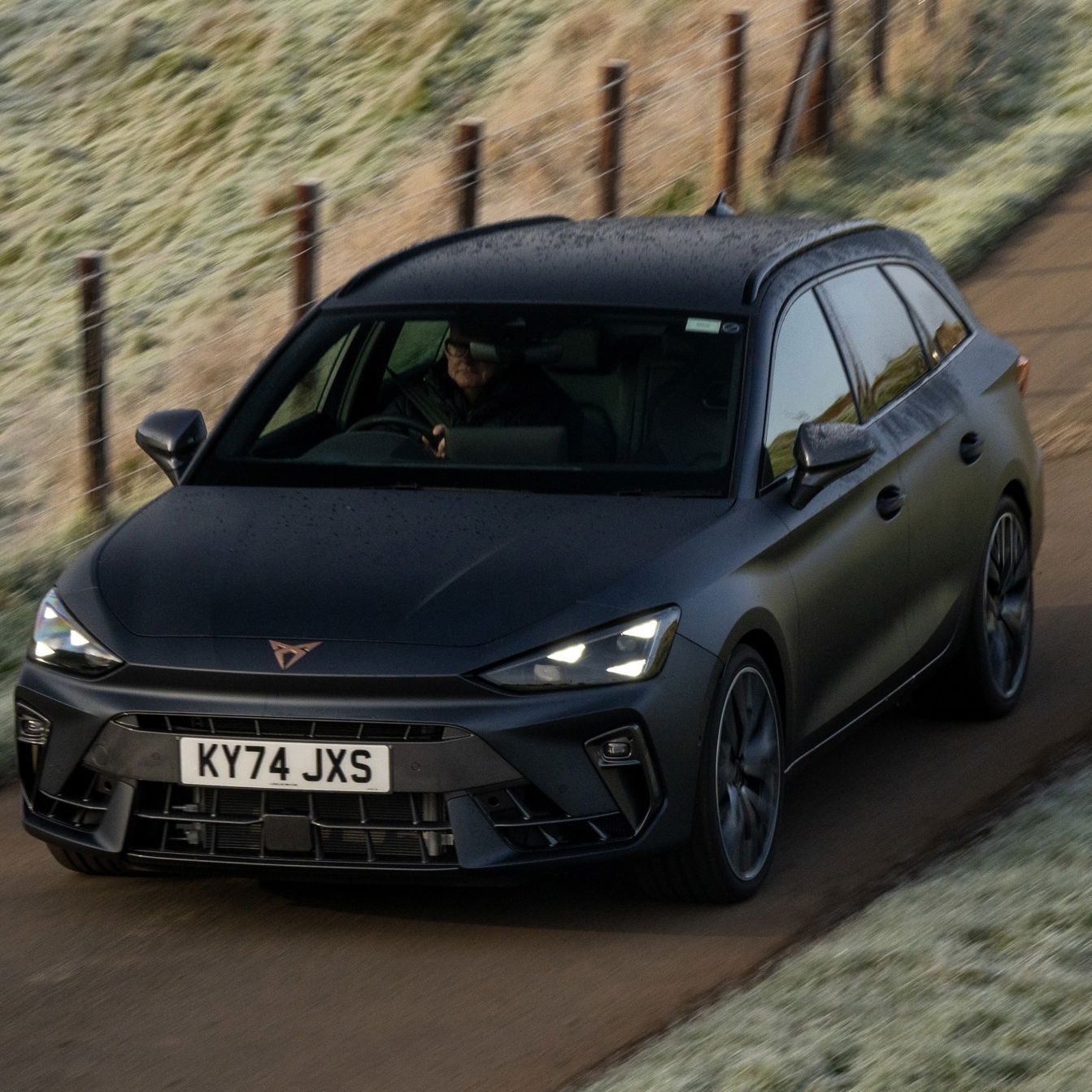



Comments